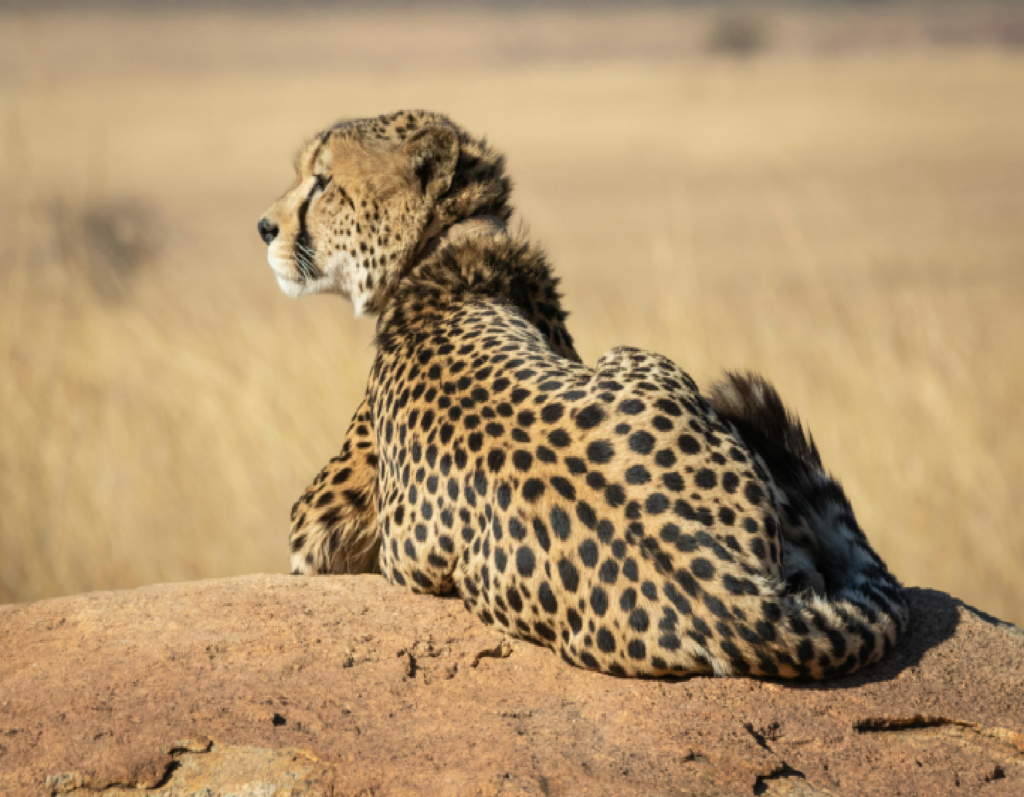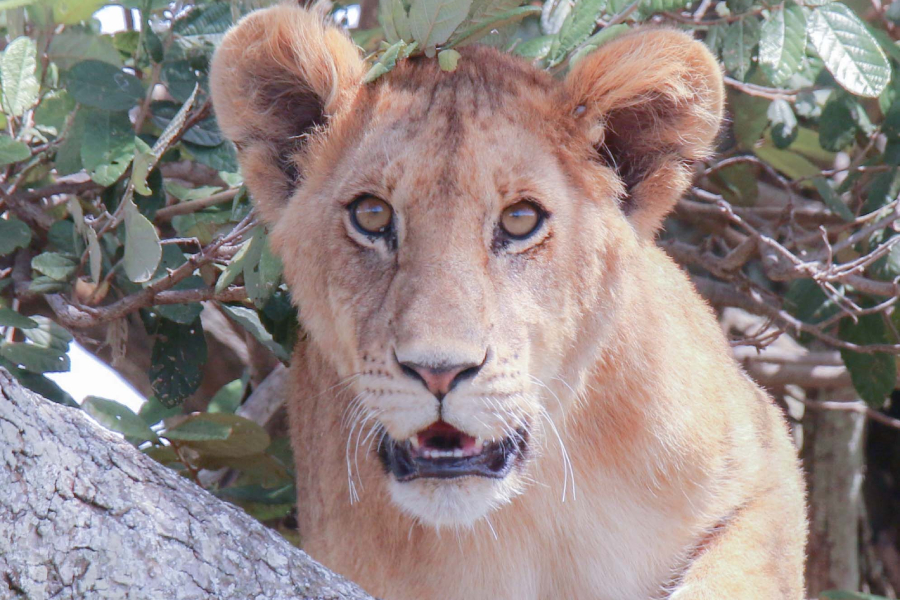Embarking on a Kenya and Tanzania safari is a dream come true for many adventurous souls. These East African nations are renowned for their breathtaking landscapes, diverse wildlife, and rich cultural heritage. For solo travellers, the experience can be even more exhilarating, offering a unique opportunity for self-discovery and connection with nature. If you’re planning a solo safari to Kenya and Tanzania, here are some essential tips and tricks to ensure a memorable and rewarding journey.
Understanding the Safari Experience in Kenya and Tanzania
Kenya and Tanzania are neighbouring countries that boast some of the world’s most famous national parks and game reserves. In Kenya, the Maasai Mara is a highlight, known for the Great Migration, where millions of wildebeest, zebras, and gazelles traverse the plains in search of fresh grazing grounds. Tanzania’s Serengeti National Park offers a similar spectacle, along with the majestic Ngorongoro Crater and the remote wilds of Selous Game Reserve.
Choosing the Right Time to Visit
Timing is crucial for a safari. The best time to visit Kenya and Tanzania largely depends on what you want to see. For the Great Migration, aim for July to October in Kenya and December to July in Tanzania. However, if you’re keen on birdwatching or enjoying lush landscapes, the wet seasons (November to May in Kenya and March to May in Tanzania) are ideal.
Safety and Health Precautions
As a solo traveller, safety is paramount. While Kenya and Tanzania are generally safe for tourists, it’s essential to be aware of your surroundings, especially in cities. Health-wise, ensure you’re up to date with vaccinations and take precautions against malaria. Travel insurance is a must, covering both health emergencies and trip cancellations. In addition to that, a blog by Two Wandering Soles suggests that travellers should know the emergency number of the country they’ll be travelling to. Each country has its own emergency code, and a quick Google search or Wiki search will tell you what it is. Write it down and keep it in your wallet. Just in case.
“Safety doesn’t happen by accident.” – Jerry Smith, a Former American Professional Football Player
Pack Smartly
Packing for a safari requires thought. Opt for lightweight, breathable clothing in neutral colours that blend with the environment. Don’t forget a hat, sunglasses, and sunscreen for protection against the sun. High-quality binoculars and a good camera are essential for wildlife viewing and capturing those once-in-a-lifetime moments.
Embracing the Solo Safari Experience
Solo travel allows for flexibility and introspection. Embrace the freedom to tailor your itinerary to your interests, whether it’s seeking the Big Five, birdwatching, or immersing yourself in local cultures. Remember, being alone doesn’t mean being lonely; safaris are social experiences where you’ll meet like-minded travellers and knowledgeable guides.
Connecting with Local Cultures
Kenya and Tanzania are not just about wildlife; they’re also about the people. According to a blog by EaseMyTrip Academy, immersing yourself in a new culture cultivates empathy and cultural sensitivity. You become attuned to the nuances of communication, behaviour, and customs, leading to more respectful interactions. Engage with local communities, visit Maasai villages, and learn about their traditions and way of life. Such cultural experiences enrich your safari and provide a deeper understanding of the countries you’re visiting.
“Strength lies in differences, not in similarities.” – Stephen R. Covey, an American Businessman and Speaker
Choosing Accommodation and Safari Packages
Accommodation options range from budget campsites to luxury lodges. As a solo traveller, consider staying in smaller lodges or tented camps where it’s easier to connect with fellow travellers. Regarding safari packages, look for tours that cater to solo travellers, offering a balance of adventure, wildlife viewing, and cultural experiences.
Making the Most of Your Safari
On safari, every day brings something new. Be open to the unexpected – a pride of lions lounging in the shade, a herd of elephants crossing your path, or a breathtaking African sunset. Take time to appreciate these moments, and don’t be too fixated on ticking off every animal on your list.
Responsible Tourism
As a visitor to these incredible ecosystems, it’s crucial to practise responsible tourism. Respect wildlife and their habitats, support conservation efforts, and choose eco-friendly lodges and tour operators. Your actions can help preserve these natural wonders for future generations.
Planning Your Safari with Brady’s Wildlife Adventures
For Australian travellers seeking a luxurious and comfortable African safari experience, Brady’s Wildlife Adventures is an excellent choice. With our knowledge of the land, wildlife, and culture, combined with top-notch service, we ensure your Kenya and Tanzania safari is both thrilling and safe. Our all-inclusive packages, quality accommodation, and English-speaking guides make solo travel in Africa an enjoyable and hassle-free adventure.
A solo safari in Kenya and Tanzania is more than just a vacation; it’s a journey of self-discovery and a chance to connect with the natural world. With careful planning, an open mind, and a sense of adventure, you’ll embark on an unforgettable journey. And with the guidance of experts like Brady’s Wildlife Adventures, you can travel with confidence, knowing every detail is taken care of. So pack your bags, grab your camera, and get ready for the adventure of a lifetime. Book a call with Brady’s Wildlife Adventures and to experience the wonders of Africa.
FAQs
What is the best time to go on a Kenya and Tanzania safari?
The ideal time for a Kenya and Tanzania safari is during the dry season, from July to October in Kenya and from June to October in Tanzania, which coincides with the Great Migration. However, each season offers unique experiences.
What should I pack for a safari in Kenya and Tanzania?
Pack lightweight, neutral-coloured clothing, a wide-brimmed hat, sunscreen, binoculars, camera, and sturdy footwear. Also, bring necessary medications and toiletries.
Are Kenya and Tanzania safe for solo travellers?
Yes, Kenya and Tanzania are generally safe for solo travellers, especially on organised safaris. It’s important to stay aware of your surroundings and follow your guide’s advice.
Can I see the Big Five on a Kenya and Tanzania safari?
Yes, the Big Five (lion, leopard, rhinoceros, elephant, and Cape buffalo) can be seen in both Kenya and Tanzania, especially in well-known parks like the Maasai Mara and the Serengeti.
How do I respect wildlife and local cultures during my safari?
Respect wildlife by keeping a safe distance and not disturbing their natural behaviour. Engage with local cultures respectfully, and consider visiting community projects.
What type of accommodation can I expect on a safari?
Accommodation ranges from budget campsites to luxury lodges and tented camps. Many offer comfortable amenities and are situated to maximise wildlife viewing opportunities.
Are there any health precautions I should take before travelling?
Visit a travel clinic for vaccinations and malaria prophylaxis. Also, ensure you have comprehensive travel insurance covering health emergencies.
How can Brady’s Wildlife Adventures enhance my safari experience?
Brady’s Wildlife Adventures offers luxury, all-inclusive safari packages with English-speaking guides, ensuring a comfortable, safe, and unforgettable experience for Australian travellers.
Ready to embark on the adventure of a lifetime? Discover the wonders of Kenya and Tanzania with Brady’s Wildlife Adventures. Book a call and start planning your unforgettable safari experience today!
Book a Call Today!






